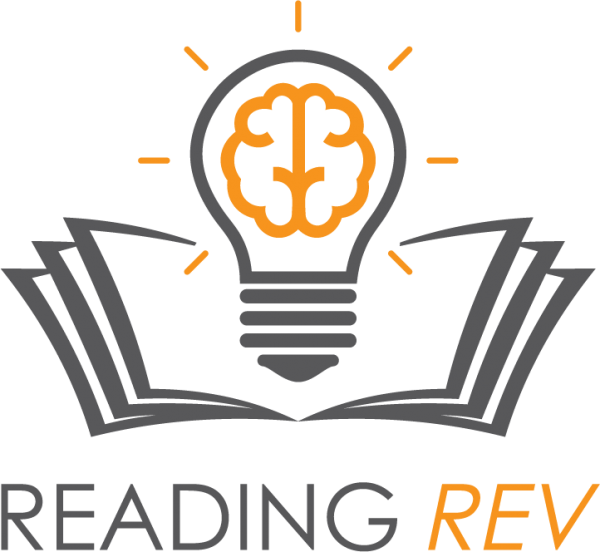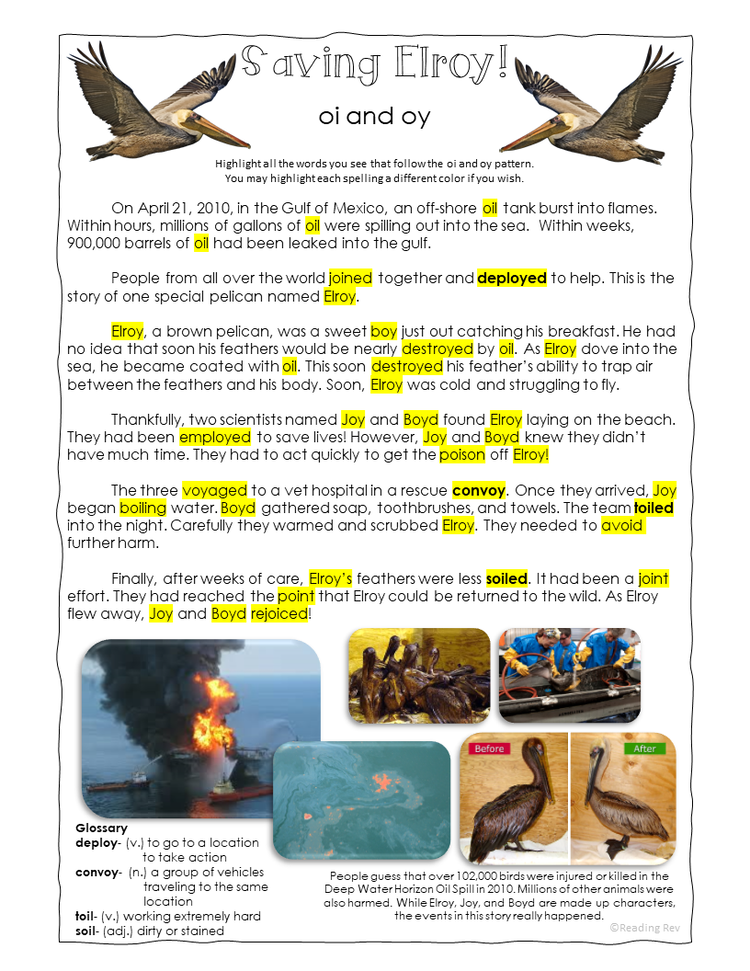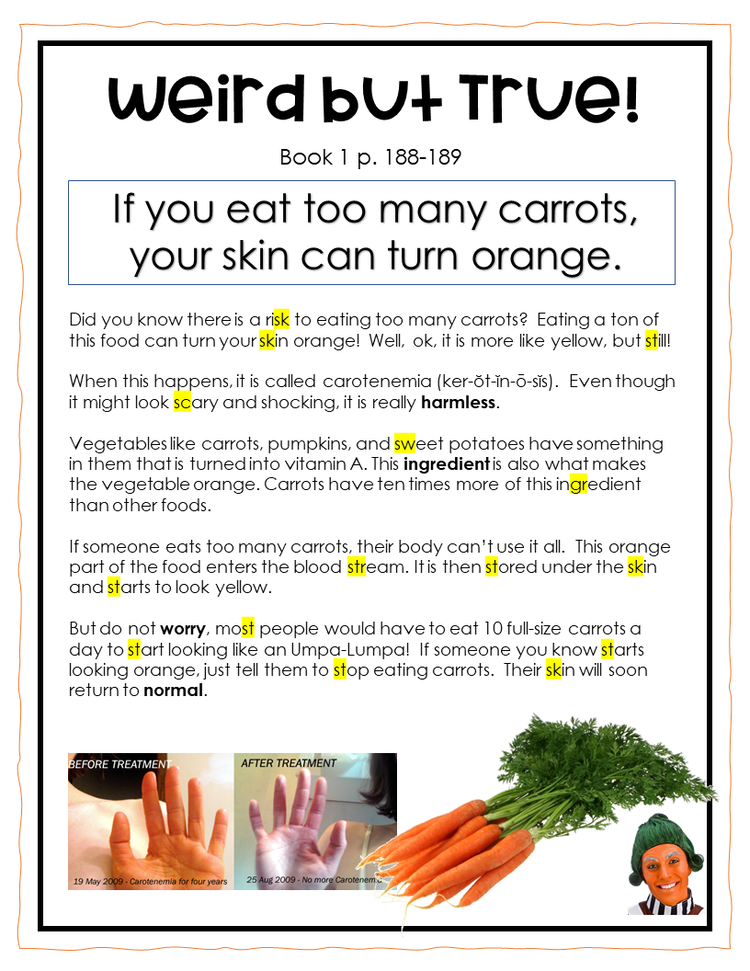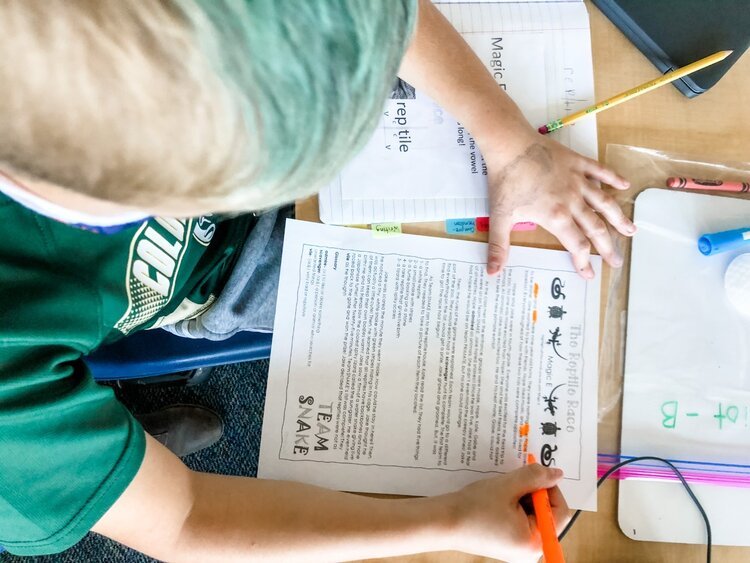Big Kids Need Phonics Too Series! Step 4: Read High-Interest, Skill-Based Passages
Step 4 is huge. There has been a recent BOOM in decodable books and texts and an equal boom of misunderstanding. What exactly does "decodable" mean? What's the difference between "skill-based," "controlled texts" and "decodable?" Let's start by clarifying some of the misconceptions, and then we'll talk about how to get these important texts into the hands of our intermediate students.
First, "decodable" simply means that a child has been explicitly taught every skill required to read a text. There is no need for guessing, or using pictures or context clues because the student can use the sound-letter corresponce skills they have learned to decode the text. The irregular words (heart or red words) have also been taught. The text becomes a safe place to practice those patterns and skills.
With that being said, decodable texts can hugely vary in complexity! A "decodable" in kindergarten is going to look very different from one used at a second grade level. Please stop arguing about if a text is truly decodable! It depends on the grade, student, and scope and sequence being taught!
decodable: all phonetic patterns that are present in the text have been explicitly taught
skill-based text: a specific skill is present and reinforced within a text; the skill does not also have to be phonics-related
contolled text: the author is purposely controlling the patterns within the text; often used a synonym to decodable, but sentence structure and sytax can also be controlled
The important thing to keep in mind is that these "decodable, skill-based, controlled" texts are important for emergent and struggling readers. They allow students to find success and build fluency. They will not look the same for every child.
Equally important are content and vocabulary-rich texts that build engagement, higher-level thinking, and background knowledge and comprehension. These picture books, novels, and non-fiction books should be read aloud and discussed until a child is ready to read them independently. It's not an either/or, it's a both.
Now. let's get back to intermediate students and the decodable dilemma.
We must bridge phonics pattern and REAL reading for all readers and all levels!
While it's important that we reach intermediate students where they are at in their independent reading ability, we must find resources that reinforce the necessary skills while not being embarrasing. The lack of controlled resources for intermediate grades is a problem. New resources are coming out everyday, but while we wait, here are some ways we have overcome this missing link of literacy instruction for our older kids!
Here are a few of our favorite ways to bridge the skill-based lesson with real reading for olders students.
1- There are several companies that are bridging this gap. FlyLeaf Publishing is one our favorite. They publish colorful, skill-based books that have real plots and amazing illustrations. Their books are labeled and follow a scope and sequence. Check them out here.
We also LOVE High Noon. This company provides reading materials for older, struggling readers. Check them out here.
Reading Rev has also written 36 high-interest, skill-based, authentic passages to go with ourIntermediate Phonics and Spelling Program. These 36 passages will not only reinforce the phonetic pattern, but can also be used to reinforce vocabulary, fluency, and comprehension! They also come in two different levels so you can easily differentiate. Sold as part of the complete program or separately; you can find out more here.
Tuning in to s-blends!
2- Find high-intertest topics and write your own short, skill-based passages. This sounds time consuming and overwhelming, but you are not writing for a high-stakes journal, you are writing for the children you know and love! Believe me, they are not tough critics! And, you can use these passages year after year. One of our favorite ways to do this is to use Weird, But True books.Let one student choose a weird fact. Do 5-10 minutes of research and write a quick summary. The kids LOVE it. The student who picked the topic feels important, and you have an instant high-interest hit!
3- Use a leveled-text and “hunt” for the skill you are learning. They are in there! For example, if you use Read Naturally sequenced stories for fluency practice, give students a highlighter and ask them to highlight a specific pattern. This can be a great review as well! Change colors and highlight patterns you’ve learned.
4- As you read your history book, novel, or science text, point out the phonetic patterns! Our favorite line is, “Oh wow, look! Kate DiCamillo must know the FLOSS Rule. Look at how she spelled boss!” This brings the author to life and also reinforces your phonetic pattern!
Look how many vowels teams we can find and review!
5- Kids LOVE stories they are in! Whenever you can, write sentences or short stories that have your students play the hero in a skill-bassed saga. Again, don’t wait for a curriculum or publisher, just take the leap! It’s easier than your think and so much fun!
Most importantly, constantly point out when you read or write a phonetic pattern you’re teaching. It takes just seconds, but it is invaluable.
Let us know the tips and tricks you use to bridge the connection between phonics and big kid texts!
If emergent or struggling readers do not recognize that phonics and real reading are related, they will not see the value of learning phonics.
Want to see all 6 Steps in the BIG Kids Need Phonics Too! Series? Here you go!
Step 1: Diagnostic Assessments
Step 2: Eliminate the Primary Vibe
Step 4: Read High-Interest, Skill-based Passages
Step 5: Kill the Worksheet: Practice Can Be Play
Step 6: Morphology Matters!














